What does a risk assessment of the work environment entail when working alone?
Working alone is a common part of many professions and industries, but it also entails specific risks and challenges for the employees. In order to ensure a safe and secure work environment, it is important that the employer carries out a thorough risk assessment for working alone. Here are some steps the employer takes to accomplish this important task:
1. Identify the risks
The first step in the risk assessment process is to identify and map the potential risks associated with working alone. This may include assessing hazards that may occur in the workplace, such as fall hazards, heavy lifting, chemicals or other safety hazards, as well as identifying specific risks associated with working alone, such as the risk of experiencing an emergency without the possibility of help or support from colleagues.
2. Assess the severity of the risks
The next step is to assess the severity of the identified risks. This means assessing the consequences of an accident or event and how likely it is that the risk will occur. By assessing the seriousness of the risks, the employer can prioritize which measures need to be taken to minimize or eliminate the risks of working alone.
3. Evaluate existing controls
The employer must also evaluate the existing controls and safeguards already in place to manage the risks of lone working. This may include reviewing existing working methods, equipment and resources, as well as assessing how effective they are and whether there is a need to further improve or strengthen them.
4. Take steps to minimize the risks
Based on the results of the risk assessment, the employer must take appropriate measures to minimize or eliminate the identified risks of solo work. This may include providing appropriate equipment and resources to manage risks, conducting necessary education and training to prepare lone workers to handle situations on their own, and devising and implementing routines and procedures to deal with emergencies and accidents.
5. Document and update the risk assessment
Finally, it is important to document the results of the risk assessment and the measures taken to manage the risks of solo work. This means creating a written report that describes the identified risks, the measures that have been taken and the people responsible for implementing and monitoring the measures. In addition, the risk assessment must be regularly updated and reviewed to ensure that it is current and relevant to changing working conditions or new risks that may arise.
By following these steps, the employer can ensure that an accurate and effective risk assessment for solo work is carried out. This is crucial to creating a safe and secure work environment where solitary work can be carried out in a safe and secure manner for all employees.
READ ABOUT HOW SENSOREM’S PERSONAL ALARM CAN HELP WHEN WORKING ALONE

